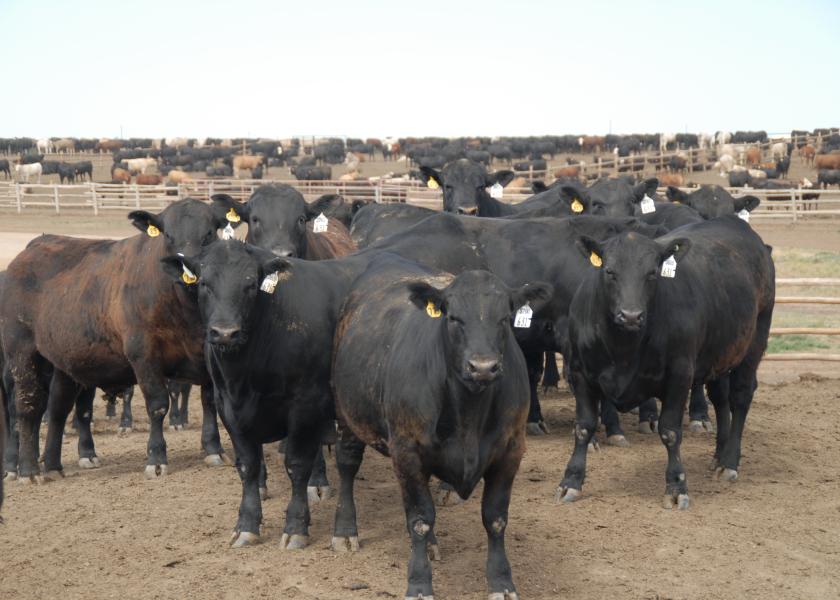Wrapping up Christmas Presents and Cattle Markets

The final Cattle on Feed report of the year showed that December feedlot inventories were 102.7 percent of last year at 12.006 million head. Among the four largest cattle feeding states, Texas (2.91 million head) and Kansas (2.50 million head) were up the most, with Texas up four percent and Kansas inventories up seven percent year over year. Nebraska (2.58 million head) and Colorado (1.03 million head) were both down one percent in feedlot totals compared to one year ago. The top four states represent 75.1 percent of December 1 feedlot inventories.
Feedlot inventories in number five Iowa are up two percent year over year at 640 thousand head and California, the sixth largest cattle feeding state, had a December feedlot total of 510 thousand head, up one percent over one year ago. Oklahoma, Idaho, Washington, and Arizona round out the top ten cattle feeding states.
November feedlot placements were 98.1 percent of last year, smaller than last year after two months of year over year higher placements in September and October. The placement total was a little larger than average expectations at the top end of pre-report estimates. Although feedlot inventories are 2.7 percent larger than one year ago, total feedlot placements the last six months (which account for 96.2 percent of the December feedlot inventory), are down 0.3 percent from the same June-November period last year. This means that the larger feedlot inventory now is due to a slower feedlot turnover rate and not because of increased total feedlot production.
This is reflected in the November feedlot marketings that were down 7.4 percent year over year. A slower feedlot marketing rate raises concerns that feedlots may not be staying current in marketings. Steer carcass weights pushed to new record levels in the past month with weekly weights at 940 pounds in late November and early December. (Heifer carcass weights peaked at 854 pounds recently, just one pound shy of the largest weekly heifer carcass weight in January 2022.) However, indications are that the heavier carcass weights reflect deliberate marketing intentions (feeding cattle longer) rather than a systemic lack of currentness in feedlots.
Feeder and fed cattle prices increased the week before Christmas. The five-market cash fed price on December 22 was $170.50/cwt., up roughly $2/cwt. from the previous week. On a weekly basis, fed cattle prices have average 22 percent above year earlier levels in 2023. Feeder cattle prices were sharply higher in Oklahoma auctions for the final week of sales in 2023. The price of 475 pound, medium/large, #1 steers was $317.52/cwt, up 44 percent from one year ago, and have averaged 37 percent higher year over year across all weeks this year. The price of 775-pound steers was $225.87/cwt., up 28 percent year over year. These big feeder cattle have averaged 31 percent higher year over year on a weekly basis in 2023.
Merry Christmas and a Happy New Year to all.







